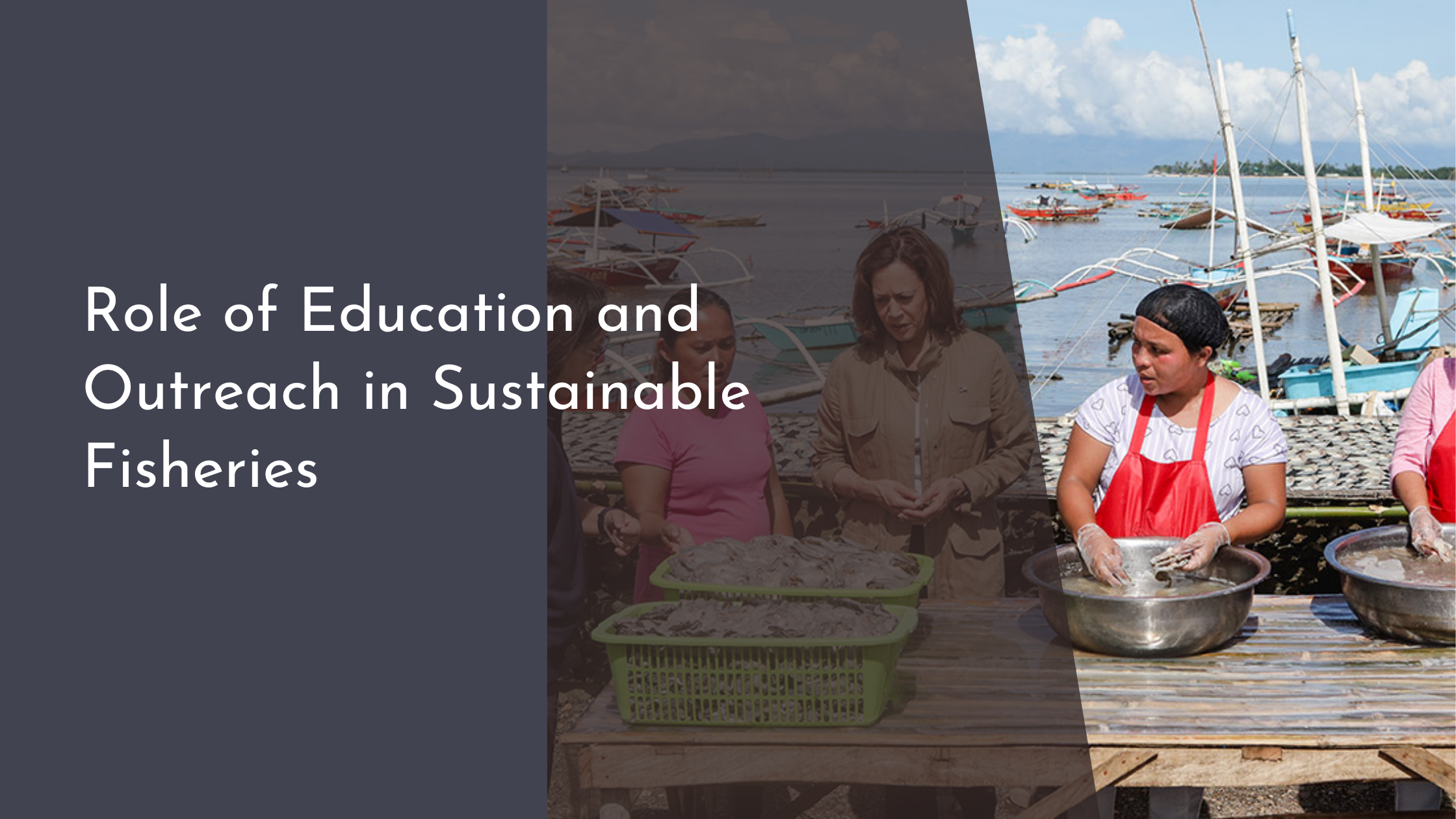The Role of Education and Outreach in Sustainable Fisheries
Sustainable fisheries are vital for maintaining healthy marine ecosystems and ensuring the long-term availability of fish stocks. With the world’s growing population and increasing demand for seafood, it is more important than ever to adopt practices that balance environmental, social, and economic needs. Education and outreach play pivotal roles in promoting sustainable fisheries by raising awareness, informing stakeholders, and engaging communities. By understanding sustainable practices and fostering collaboration, we can work towards preserving this vital resource for future generations.
Understanding Sustainable Fisheries Practices
Sustainable fisheries practices encompass a range of strategies aimed at maintaining fish populations at healthy levels while minimizing impacts on the surrounding environment. These practices often include setting catch limits, protecting habitats, and reducing bycatch, which is the incidental capture of non-target species. Sustainable fisheries also strive to maintain biodiversity and support the livelihoods of communities that rely on fishing, ensuring an equitable distribution of resources. By implementing these practices, fisheries can contribute to the health of marine ecosystems and promote biodiversity.
Ensuring sustainable fisheries is not just about maintaining fish stocks; it’s also about understanding the complex interactions within marine ecosystems. This includes recognizing the interdependence of species and the impact of human activities on these delicate balances. Sustainable fisheries require the use of science-based management techniques that consider the entire ecosystem, including the effects of climate change, pollution, and habitat destruction. Monitoring and enforcement are crucial, requiring collaboration between governments, fishing industries, and conservation organizations to ensure compliance and adaptively manage fisheries resources.
The Importance of Education in Fisheries
Education plays a crucial role in fostering sustainable fisheries by equipping stakeholders with the knowledge and skills necessary to make informed decisions. This involves training fishers, policymakers, and the public on sustainable practices, such as the importance of following regulations and using selective gear to minimize bycatch. By understanding the science behind fisheries management and the consequences of overfishing, individuals and communities can become champions of sustainability.
Furthermore, education helps bridge the gap between scientific research and practical application. It translates complex ecological data into actionable insights that can be applied in daily fishing operations. Educational programs also promote the adoption of new technologies and methods that enhance sustainability, such as satellite tracking systems that help monitor fish populations and assess the health of ecosystems. In fostering a culture of learning, education empowers communities to take ownership of their resources and engage in sustainable practices that benefit both the environment and their own livelihoods.
Outreach Strategies for Community Engagement
Effective outreach strategies are essential for engaging communities in sustainable fisheries practices. One approach is to organize workshops and seminars that bring together fishers, scientists, and policymakers. These events provide a platform for sharing knowledge, discussing challenges, and exploring innovative solutions. They also foster a sense of community and collaboration, encouraging stakeholders to work together towards common goals.
Another critical outreach strategy is the use of media campaigns to raise awareness and drive behavior change. By leveraging social media, documentaries, and local news outlets, organizations can reach a broader audience and highlight the importance of sustainable fisheries. Engaging storytelling and visuals can capture the public’s attention, illustrating the impact of overfishing and the benefits of sustainable practices. Through consistent and relatable messaging, outreach initiatives can inspire communities to take action, support policy changes, and participate in conservation efforts.
Building a Sustainable Future Through Collaboration
Building a sustainable future for fisheries requires collaboration among a diverse set of stakeholders, including governments, NGOs, the private sector, and local communities. By working together, these groups can pool resources, share expertise, and create comprehensive management plans that address the needs of both people and the environment. Collaborative efforts can lead to the development of innovative solutions, such as co-management arrangements where local communities have a say in managing their fisheries resources.
Partnerships also play a crucial role in advancing technology and research that supports sustainable fisheries. By collaborating with academic institutions and research organizations, stakeholders can access the latest scientific findings and technological advancements. These partnerships can lead to the development of more efficient fishing gear, improved data collection methods, and better understanding of ecosystem dynamics. Through ongoing collaboration, we can ensure that fisheries management is adaptive, resilient, and sustainable, paving the way for a future where marine resources are conserved for generations to come.
The role of education and outreach in sustainable fisheries cannot be overstated. By raising awareness, equipping stakeholders with knowledge, and engaging communities, we can promote practices that ensure the health of marine ecosystems and the sustainability of fish stocks. Through collaboration and innovation, we can build a future where sustainable fisheries thrive, benefiting both people and the planet. Together, we can create a world where our oceans are rich and abundant, providing for present and future generations while preserving the natural balance of marine life.

